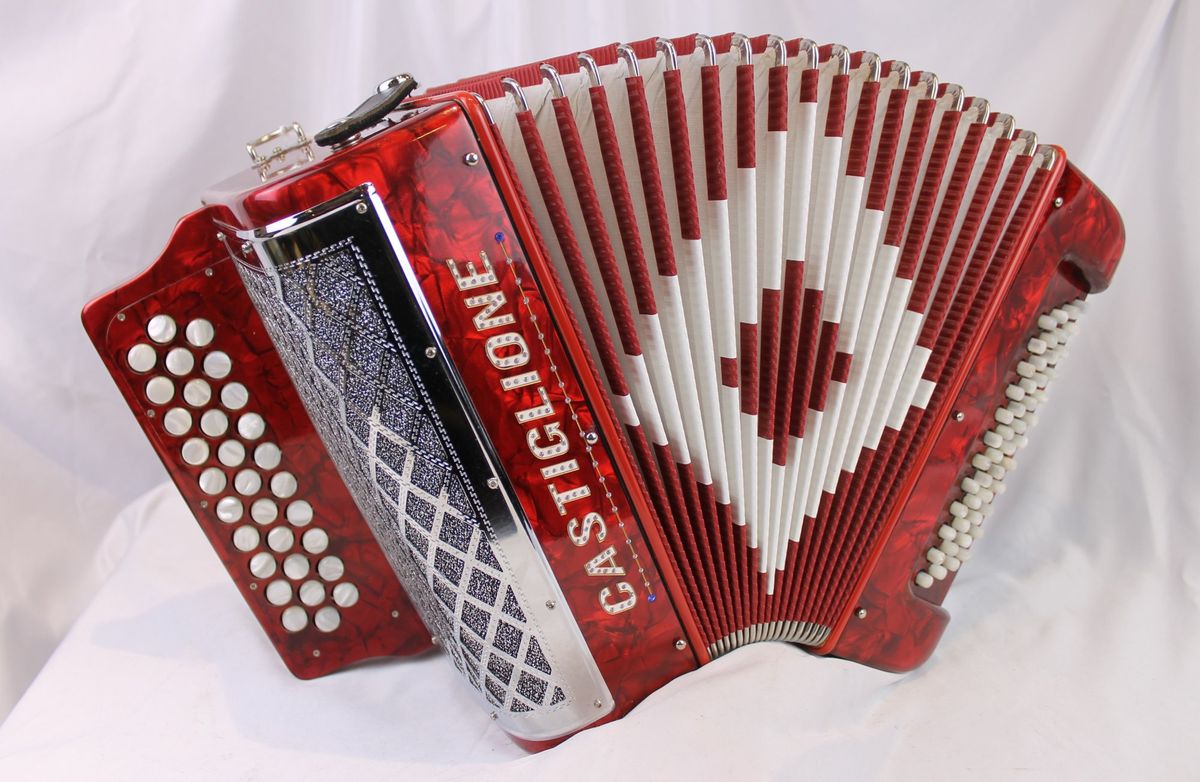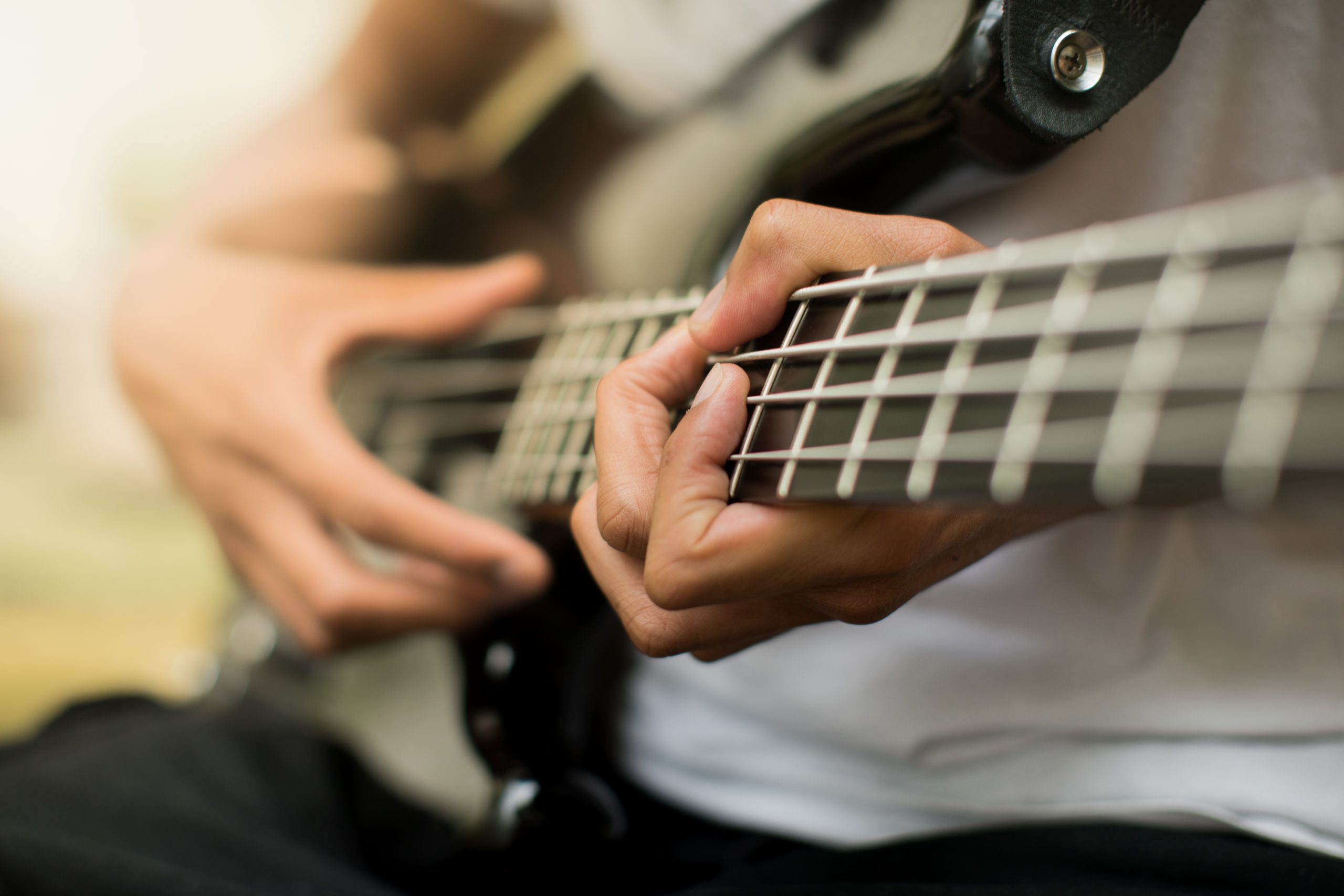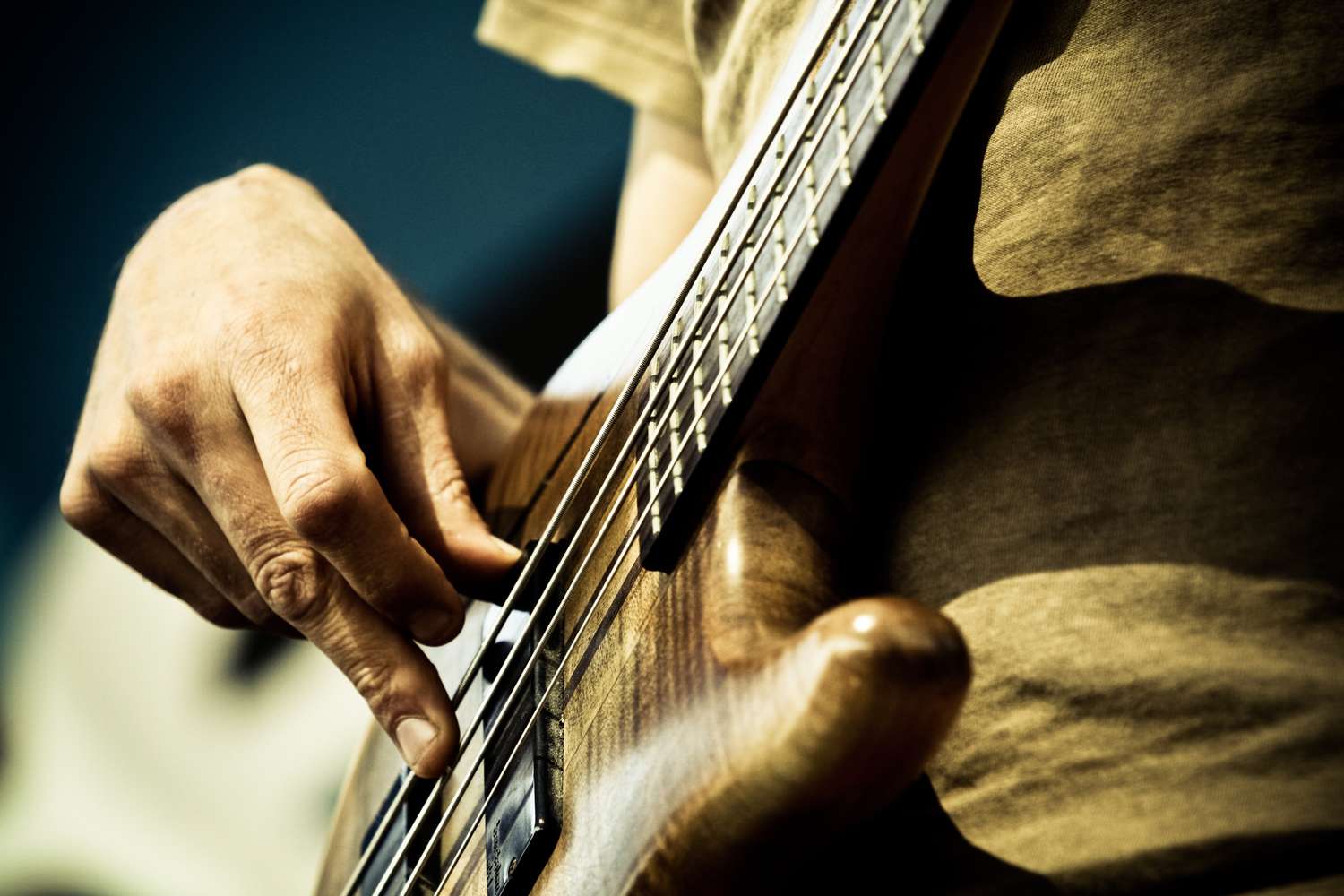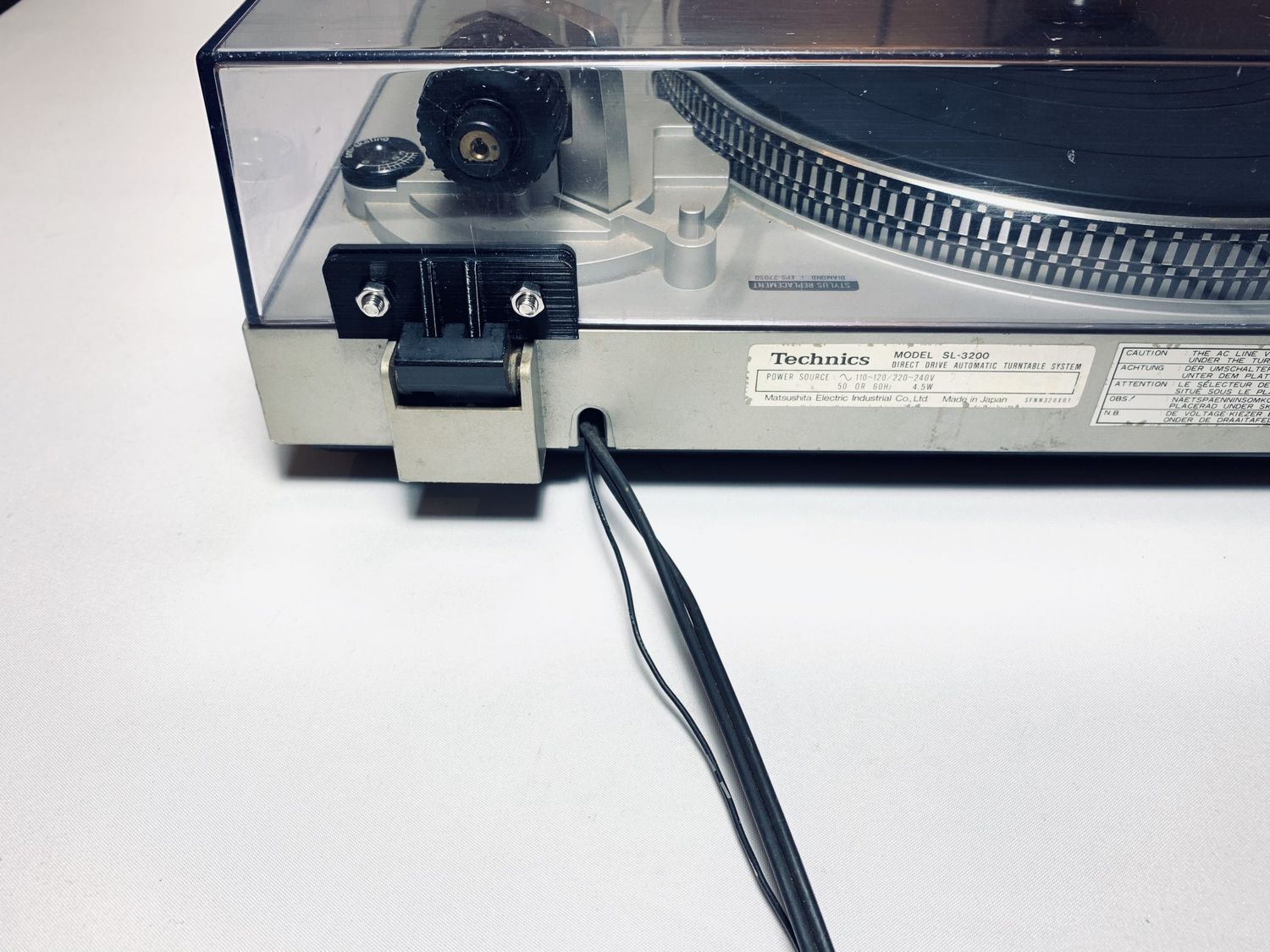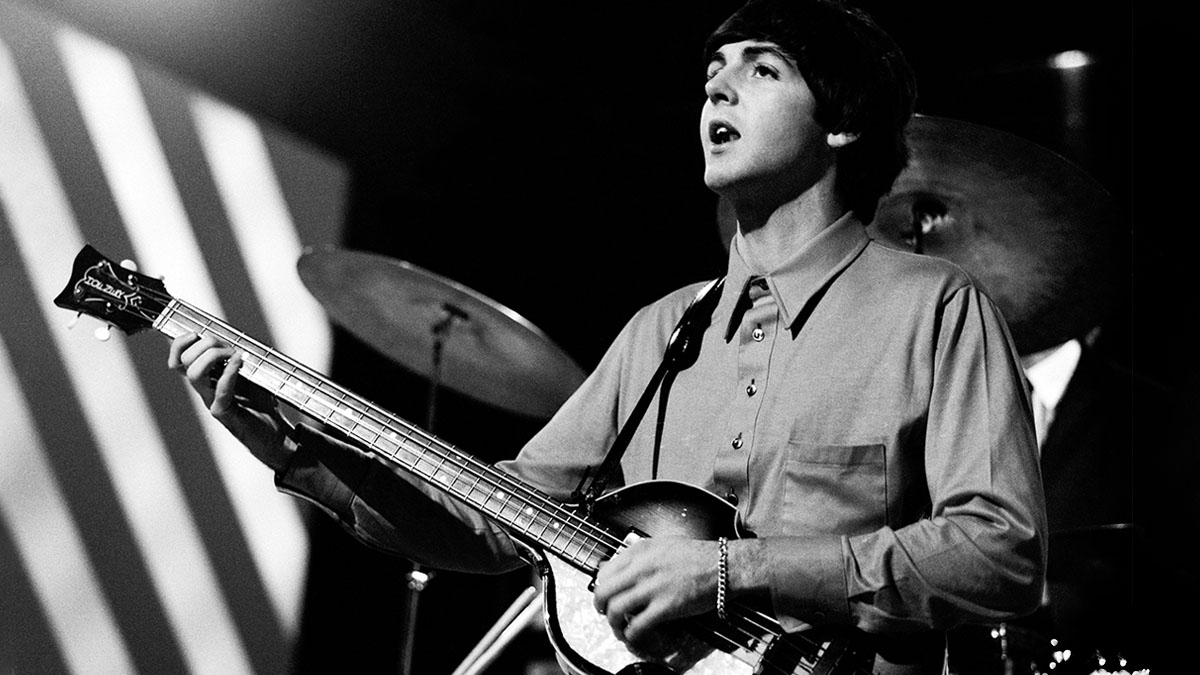Home>Instruments>Bass>How To Play Another One Bites The Dust On Bass
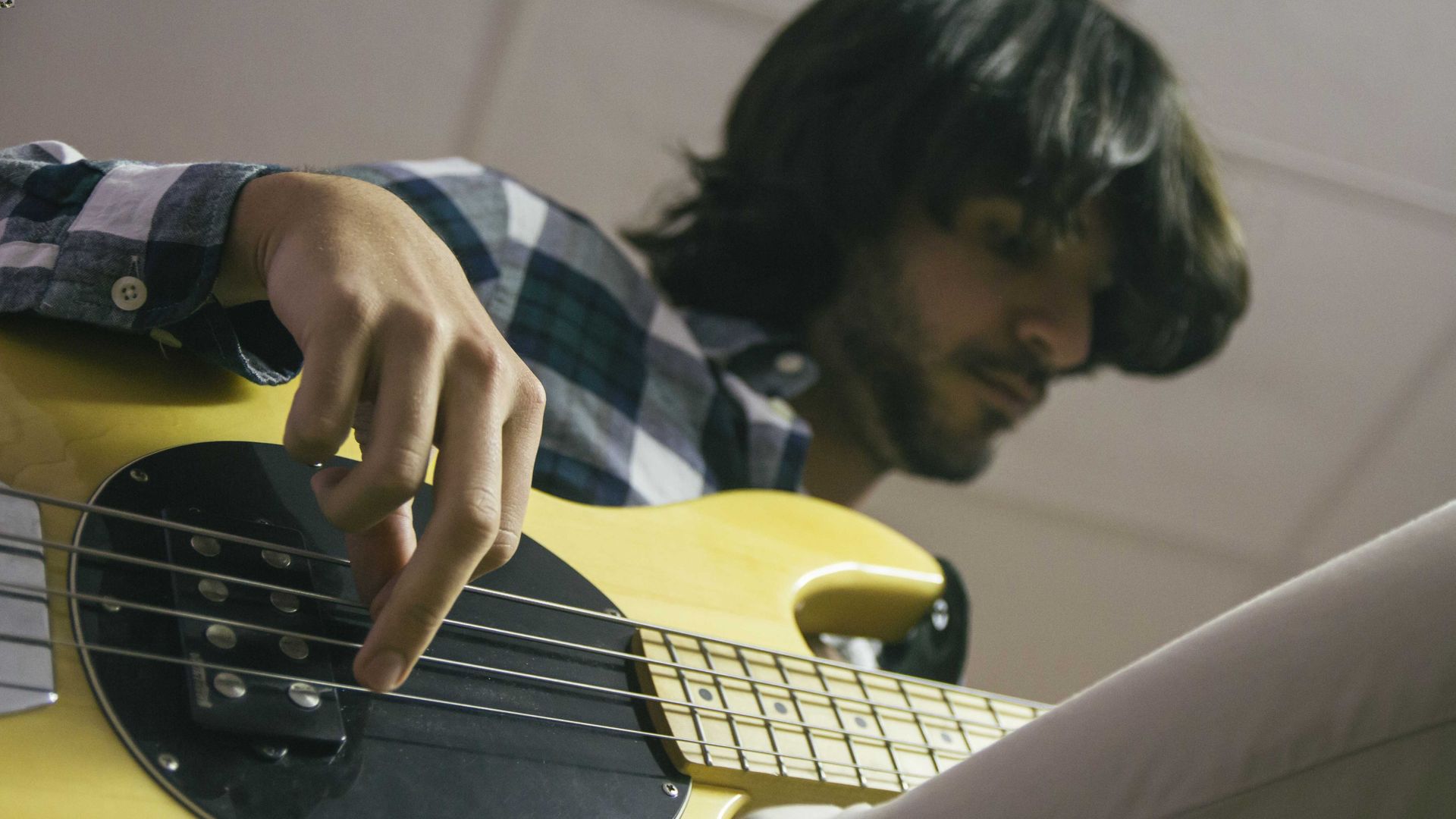

Bass
How To Play Another One Bites The Dust On Bass
Modified: January 22, 2024
Learn how to play "Another One Bites The Dust" on bass and master the iconic bassline with our step-by-step tutorial.
(Many of the links in this article redirect to a specific reviewed product. Your purchase of these products through affiliate links helps to generate commission for AudioLover.com, at no extra cost. Learn more)
Table of Contents
Introduction
Welcome to the world of bass guitar! If you’re a fan of the iconic rock band Queen and their hit song “Another One Bites The Dust,” you’re in luck. In this article, we’ll walk you through how to play the bassline for this classic track. Whether you’re a beginner or an experienced bass player looking to add to your repertoire, this guide will help you master this groovy bassline.
“Another One Bites The Dust” was released in 1980 as a single and quickly became one of Queen’s biggest hits. The bassline, played by the legendary John Deacon, is instantly recognizable and has been emulated by countless bassists over the years. Learning to play this bassline will not only improve your technical skills but also allow you to join in and jam along with the song whenever it comes on.
Before we get started, let’s make sure you have the necessary equipment to play this bassline. You’ll need an electric bass guitar, preferably a four-string instrument. While you can technically play the song on a five or six-string bass, it’s best to stick to four strings for the purpose of this guide.
In addition to the bass guitar, you’ll need an amplifier to amplify the sound of your instrument. This will allow you to hear the nuances of the bassline clearly. If you don’t have an amplifier, you can also use a headphone amp or plug your bass directly into an audio interface and listen through headphones or speakers.
Lastly, make sure you have a comfortable and sturdy bass strap to support the weight of your instrument and keep it securely in place while you play. With all of your equipment in order, let’s dive into the world of “Another One Bites The Dust” and master that iconic bassline.
Equipment Required
Before diving into learning the bassline of “Another One Bites The Dust,” let’s make sure you have the necessary equipment to get started. Here’s what you’ll need:
- Bass Guitar: To play this bassline, you’ll need an electric bass guitar. While you can technically use a different type of bass, such as an acoustic bass or a fretless bass, it’s best to have a four-string electric bass for this particular song. This will allow you to recreate the tone and style of the original recording more accurately.
- Amplifier: An amplifier is essential to amplify the sound of your bass guitar. It’s important to have a good quality amplifier that can accurately reproduce the low frequencies of the bass. This will help you hear all the nuances and details of the bassline. If you don’t have an amplifier, you can use a headphone amp or plug your bass directly into an audio interface and listen through headphones or speakers.
- Bass Strap: A comfortable and sturdy bass strap is necessary to support the weight of your instrument. Playing the bass requires proper posture and positioning, and a good strap will keep your bass securely in place while you play.
- Picks and/or Fingers: The choice between using a pick or your fingers to play the bass is a matter of personal preference. Some bassists prefer the attack and clarity that comes with using a pick, while others enjoy the warmth and dexterity of fingerstyle playing. Experiment with both techniques and see which one suits your playing style and the sound you want to achieve.
- Tuner: A tuner is indispensable for ensuring your bass is properly tuned. Accurate tuning is vital to playing any song correctly, and having a reliable tuner will make the process easier and more efficient.
- Metronome or Drum Machine: To develop your sense of rhythm and play in time with the song, it’s beneficial to have a metronome or a drum machine. These tools will help you stay in sync with the tempo and groove of “Another One Bites The Dust.”
With these essential pieces of equipment in your arsenal, you’re ready to start learning the bassline of “Another One Bites The Dust.” Remember to invest in quality gear and take care of your instruments to ensure the best playing experience.
Basic Bass Techniques
Before diving into the intricacies of the “Another One Bites The Dust” bassline, it’s essential to familiarize yourself with some basic bass techniques that will help you play the song with precision and groove. Here are a few fundamental techniques to focus on:
- Fingerstyle: Fingerstyle playing is a common and versatile technique used by bassists. It involves plucking the strings with your fingers, usually using the index and middle fingers, to produce a warm and controlled tone. Practice alternating between your fingers and experiment with different finger patterns to find a technique that feels comfortable and produces the desired sound.
- Thumb Slapping and Popping: This technique involves using your thumb to slap the strings against the fingerboard and quickly release them to create a percussive and punchy sound. The popping technique is used in conjunction with slapping, where you use your other fingers to “pop” the strings by pulling them away from the fingerboard. These techniques are commonly used in funk and slap bass playing.
- Muting: Muting is an essential technique in bass playing that helps control the sustain and eliminate unwanted noise. There are various types of muting, including palm muting, where you lightly rest the edge of your palm near the bridge to dampen the strings, and fret-hand muting, where you lightly touch the strings with your fretting hand fingers to prevent them from ringing out.
- Slides and Hammer-ons/Pull-offs: Slides involve moving your fretting hand up or down the neck without picking the strings. This technique adds fluidity and smoothness to your playing. Hammer-ons and pull-offs are techniques used to create legato passages by “hammering” your finger onto a higher fret or “pulling off” to a lower fret without re-picking the string. These techniques help to create fast and expressive lines.
- Timing and Groove: Playing in time and developing a sense of groove is crucial for any bassist. Pay close attention to the rhythm and feel of “Another One Bites The Dust” and focus on locking in with the drummer. Practice playing along with a metronome or a drum machine to develop your timing. Keep in mind that a solid and consistent rhythm is essential for maintaining the groove of the song.
These are just a few of the basic bass techniques to familiarize yourself with before tackling the “Another One Bites The Dust” bassline. Take your time to practice and master these techniques, as they will serve as the foundation for playing the song accurately and with the right feel. Remember to start slow and gradually increase your speed as you build confidence and proficiency. With these techniques in your arsenal, you’re ready to dive into the details of the bassline itself.
Understanding the Rhythm and Tempo
Before delving into the intricacies of playing the “Another One Bites The Dust” bassline, it’s crucial to grasp the rhythm and tempo of the song. The bassline’s groove is a fundamental element that drives the track and gives it its iconic feel. Here’s how you can understand and internalize the rhythm and tempo:
The tempo of “Another One Bites The Dust” is around 110 beats per minute, giving it a moderate pace. To get a sense of this tempo, tap your foot or use a metronome set to 110 BPM. This will help you establish a steady pulse for playing the bassline accurately.
The rhythm of the song is based on a steady 4/4 time signature. This means there are four beats in each measure, and the quarter note receives one beat. Counting along with the song can help you develop a solid sense of timing and ensure you play each note in the right place. Practice counting “1, 2, 3, 4” repeatedly while listening to the song to internalize the rhythm.
The bassline in “Another One Bites The Dust” primarily follows a syncopated pattern, placing notes off the strong beats to create a driving and funky groove. Pay close attention to the placement of the notes and the spaces between them as you learn the bassline. This will help you capture the unique feel of the song and play it with the desired rhythm and groove.
As you play the bassline, focus on locking in with the drums. The bass and drums form the backbone of the rhythm section, and playing in sync with the drummer is crucial for maintaining the groove. Listen carefully to the drum patterns and aim to complement them with your bassline, creating a tight and cohesive rhythm section.
It’s worth noting that while understanding the rhythm and tempo is important, don’t be afraid to add your own flair and interpretation to the bassline. Once you have a solid grasp of the groove, you can experiment with slight variations and embellishments to make the bassline your own.
Practice playing the bassline along with the original recording or a backing track to develop your sense of timing and groove. Be patient and take your time to internalize the rhythm and tempo of the song. With practice, you’ll be able to lock into the groove of “Another One Bites The Dust” and play it with confidence and finesse.
Main Bassline Breakdown
Now that you have a solid foundation in basic bass techniques and an understanding of the rhythm and tempo of “Another One Bites The Dust,” let’s break down the main bassline of the song. John Deacon’s bassline is characterized by its catchy and driving groove, making it a favorite among bassists. Here’s a breakdown of the main elements:
The song starts with a simple yet infectious bassline that repeats throughout the song. The bassline is primarily based on the notes E, A, and G, played in a rhythmic and syncopated pattern. It’s important to play each note with precise timing and ensure each one lands on the beat or offbeat as intended.
The initial riff begins with a slide from the 7th fret on the A string to the 5th fret, playing the note E. This slide sets the tone for the rest of the bassline. From there, you’ll play the note A on the 7th fret of the D string, followed by a quick slide from the 7th fret to the 5th fret on the A string to play the note G.
Once you’ve played the G, you’ll play the A note on the 7th fret of the D string again. This sequence of notes forms the foundation of the bassline. Repeat this pattern multiple times, focusing on maintaining a consistent rhythm and groove.
In certain sections of the song, you’ll encounter variations and fills that add flare to the bassline. One notable variation occurs during the chorus, where John Deacon adds a descending line built around the notes B, A, G, and F#. To play this section, start with the note B on the 7th fret of the E string, then move to the 5th fret to play the note A on the same string, followed by the note G on the 3rd fret. Finally, slide down to the 2nd fret to play the note F# on the E string.
As you learn and practice the main bassline, pay close attention to the dynamics and accents in the song. Emphasize certain notes and play them with a stronger attack to bring out the groove and feel of the bassline. This will help you capture the essence of John Deacon’s playing and make the bassline sound lively and dynamic.
Remember, while it’s essential to learn the bassline as accurately as possible, feel free to add your own style and interpretation. Once you have the foundation down, you can experiment with variations, slides, and other embellishments to make the bassline your own and showcase your musical personality.
Practice playing the main bassline along with the song, starting slowly and gradually increasing your speed as you become more comfortable. Use a metronome or a drum machine to stay in time and maintain a steady rhythm. With dedication and practice, you’ll be grooving along to “Another One Bites The Dust” in no time.
Playing the Verse
The verse of “Another One Bites The Dust” features a repetitive and infectious bassline that provides the foundation for the song. Mastering this section is key to capturing the groove and feel of the track. Here’s how to play the verse:
The verse begins with the same slide from the 7th fret to the 5th fret on the A string, playing the note E, as we discussed in the main bassline breakdown section. From there, you’ll play the note A on the 7th fret of the D string, followed by the note G on the 5th fret of the D string.
After the G, you’ll play the notes F# and E on the 4th and 2nd frets of the D string, respectively. This creates a descending chromatic line that adds tension and interest to the bassline. Make sure to play each note with clarity and rhythmically as you move through this section.
Once you’ve played the E, you’ll return to the A on the 7th fret of the D string and repeat the pattern. The progression of E – A – G – F# – E – A forms the rhythmic backbone of the verse.
It’s important to pay attention to the dynamics of the song during the verse. Experiment with adding accents and playing certain notes with a stronger attack to give the bassline a dynamic and groovy feel. This will help you capture the essence of John Deacon’s playing and make the bassline stand out.
As you practice the verse, focus on maintaining a steady tempo and a consistent rhythm. Use a metronome or a drum machine to ensure that you’re playing in time with the song. It’s crucial to lock in with the drummer and provide a solid foundation for the rest of the band.
Remember to take your time and start at a comfortable speed. Gradually increase the tempo as you build confidence and familiarity with the bassline. Listening to the original recording and playing along with it will also help you internalize the rhythm and phrasing of the verse.
Once you feel comfortable playing the verse accurately, try experimenting with variations and adding your own personal touch to make the bassline unique. Don’t be afraid to inject your own style while staying true to the overall feel and groove of the song.
Practice playing the verse section repeatedly, focusing on precision and groove. As you become more proficient, you’ll find that playing this iconic bassline becomes second nature. With dedication and practice, you’ll be rocking out to the verse of “Another One Bites The Dust” in no time.
Adding Variations and Embellishments
While learning and mastering the core bassline of “Another One Bites The Dust” is essential, adding variations and embellishments to the bassline can elevate your playing and make it more interesting. Here are some ways to add your own personal touch to the bassline:
1. Slides: Experiment with incorporating slides into the bassline. Sliding from one note to another can add smoothness and fluidity to your playing. Try sliding up or down to reach the next note in the progression, creating a seamless transition between the notes.
2. Hammer-ons and Pull-offs: Incorporate hammer-ons and pull-offs into the bassline for added flair. Instead of picking every note, use your fretting hand to hammer a higher note and pull-off to a lower note on the same string. This technique can produce fast and seamless transitions between notes.
3. Groove Variations: Experiment with adding slight variations to the rhythm and groove of the bassline. Play around with the timing of certain notes, emphasizing specific beats or offbeats to create different rhythmic patterns. This can add a fresh and unique feel to the bassline.
4. Octave Jumps: Explore incorporating octave jumps into the bassline to create a deeper and fuller sound. Instead of playing a note in its original position, try playing it one octave higher or lower on a different string. This technique can add a dynamic and powerful element to your playing.
5. Double Stops: Double stops involve playing two notes simultaneously. Experiment with incorporating double stops into the bassline by playing two adjacent strings at the same time. This can add a rich and harmonically interesting element to your playing.
Remember, the key is to add variations and embellishments tastefully and in a way that complements the overall feel of the song. It’s important not to overcrowd the bassline or detract from the main groove of “Another One Bites The Dust.” The goal is to enhance the bassline while staying true to its essence.
Take the time to experiment with these techniques and find the variations and embellishments that resonate with you. Start by incorporating them in small sections of the bassline, gradually expanding as you become more comfortable and confident. It’s all about finding your own unique voice and style within the framework of the song.
Don’t be afraid to explore and make the bassline your own. John Deacon’s iconic bassline in “Another One Bites The Dust” has already left its mark, but adding your own personal touch will make it even more memorable and engaging. Keep practicing, listening to the original recording, and continually refining your variations and embellishments. With time and effort, you’ll develop a bassline that reflects your individuality while honoring the spirit of the song.
Playing the Chorus
The chorus of “Another One Bites The Dust” is an energetic and catchy section that will have everyone singing along. As the bassist, your role is to provide a solid foundation and drive the song forward. Here’s how to play the chorus:
The chorus begins with a catchy descending line that adds a melodic hook to the song. You’ll start with the note B on the 7th fret of the E string, then move down to the note A on the 5th fret and finally to the note G on the 3rd fret. Play each note with clarity and precision, paying attention to the rhythm.
After playing this descending line, you’ll transition to the A note on the 7th fret of the D string, just like in the main bassline. This part helps to establish the driving groove that is characteristic of the chorus.
In the chorus, it’s crucial to maintain a steady tempo and a strong sense of rhythm. The bassline in this section plays an integral role in propelling the song forward and keeping the energy high. Lock in with the drummer and focus on playing with precision and consistency.
As the chorus progresses, you’ll continue to play the A note on the 7th fret of the D string, following the rhythm of the song. Remember to maintain a steady groove and emphasize the energy of each note. Use your playing dynamics to add punch and emphasis where appropriate.
Throughout the chorus, you can add variations and embellishments to make the bassline your own. Experiment with slides, hammer-ons, and pull-offs to add interest and color to your playing. However, be mindful not to overdo it and detract from the overall groove and feel of the chorus.
Playing the chorus of “Another One Bites The Dust” is all about maintaining a tight and energetic rhythm. Focus on blending seamlessly with the rest of the band, creating a cohesive and powerful sound. Keep in mind the dynamics of the song and the overall energy it demands.
Practice playing the chorus section repeatedly, gradually increasing your speed and precision. Use a metronome or a drum machine to stay in time and maintain the tempo throughout. Listen to the original recording and try to emulate the energy and feel that John Deacon brought to the bassline.
By mastering the chorus, you’ll be able to drive the song and captivate listeners with your bass playing. Enjoy the infectious groove and have fun unleashing your inner rockstar as you rock out to the chorus of “Another One Bites The Dust.”
Transitioning Between Verse and Chorus
The transition between the verse and chorus is a crucial moment in “Another One Bites The Dust” that sets the stage for the chorus and adds excitement to the song. As the bassist, it’s important to navigate this transition smoothly and seamlessly. Here’s how to effectively transition between the verse and chorus:
1. Anticipate the chorus: As the verse comes to a close, pay attention to the cues from the rest of the band. Typically, there will be a musical or structural change indicating that the chorus is about to start. Listen for cues such as a drum fill, a vocal cue, or a specific musical motif that signals the transition. Anticipating this change will help you seamlessly move into the chorus section.
2. Establish the groove: The chorus of “Another One Bites The Dust” has a distinct and energetic groove. As you transition from the verse, ensure that the groove remains consistent and strong. Focus on playing with precision and maintaining a steady tempo. Keep the energy high to propel the song forward into the chorus section.
3. Emphasize the key change: The chorus often involves a key change or a shift in tonality. To highlight this change, consider adding variations or differently voiced chords to your bassline. This will help create a sense of tension and release during the transition. Communicate with the other musicians to ensure everyone is on the same page and executes the key change smoothly.
4. Listen and communicate: As a bassist, it’s vital to have a strong sense of communication with the rest of the band during the transition. Listen closely to the drummer, as they often play an essential role in signaling and executing the transition. Maintain eye contact and be aware of any cues or visual signals from the other band members. Remaining attentive and responsive will help you execute a seamless and cohesive transition.
5. Experiment with fills and embellishments: During the transition, you can add fills or embellishments to add excitement and anticipation for the chorus. These could be short melodic lines, slides, or rhythmic variations that lead into the new section. However, be mindful not to overpower the overall flow of the song. The fills should enhance the transition while still honoring the essence of the original bassline.
Remember, practicing the transition between the verse and chorus is essential to ensure a smooth and impactful change. Take the time to rehearse with the rest of the band, paying attention to the cues and dynamics of the song. This preparation will help you feel confident and in sync with the other musicians, resulting in a seamless transition.
By effectively transitioning between the verse and chorus, you’ll amplify the impact and excitement of “Another One Bites The Dust.” As a bassist, your role is to glue the sections together and drive the energy of the song. With a well-executed transition, you’ll captivate listeners and make the chorus shine even brighter.
Conclusion
Congratulations! You’ve now learned how to play the iconic bassline of “Another One Bites The Dust” by Queen. By following this guide, you’ve delved into the world of bass guitar techniques, explored the rhythmic intricacies of the song, and practiced different sections, including the verse and chorus.
Remember, mastering this bassline requires practice, patience, and attention to detail. Take the time to familiarize yourself with the techniques discussed, such as fingerstyle playing, slides, and hammer-ons/pull-offs. Focus on developing a strong sense of rhythm and timing, locking in with the drums to create a solid foundation for the song.
As you become more proficient, consider adding variations and embellishments to make the bassline your own. Experiment with fills, slides, and different techniques to showcase your personal style while staying true to the essence of the song.
Don’t be afraid to have fun and let your creativity shine as you play “Another One Bites The Dust” on the bass guitar. Jam along with the original recording, play with a band or backing track, and explore different interpretations. The more you play, the more confident and comfortable you’ll become with this classic bassline.
Remember, the journey of mastering any song doesn’t end here. Take what you’ve learned from “Another One Bites The Dust” and apply it to other songs and genres. The bass guitar offers endless possibilities for musical exploration and expression. Keep pushing yourself, learning new techniques, and honing your skills as a bassist.
Now, grab your bass, crank up the volume, and rock out to the infectious rhythm of “Another One Bites The Dust.” Whether you’re playing for yourself or performing for others, enjoy the satisfaction that comes from mastering this legendary bassline. Keep playing, keep grooving, and keep the rhythm alive!



